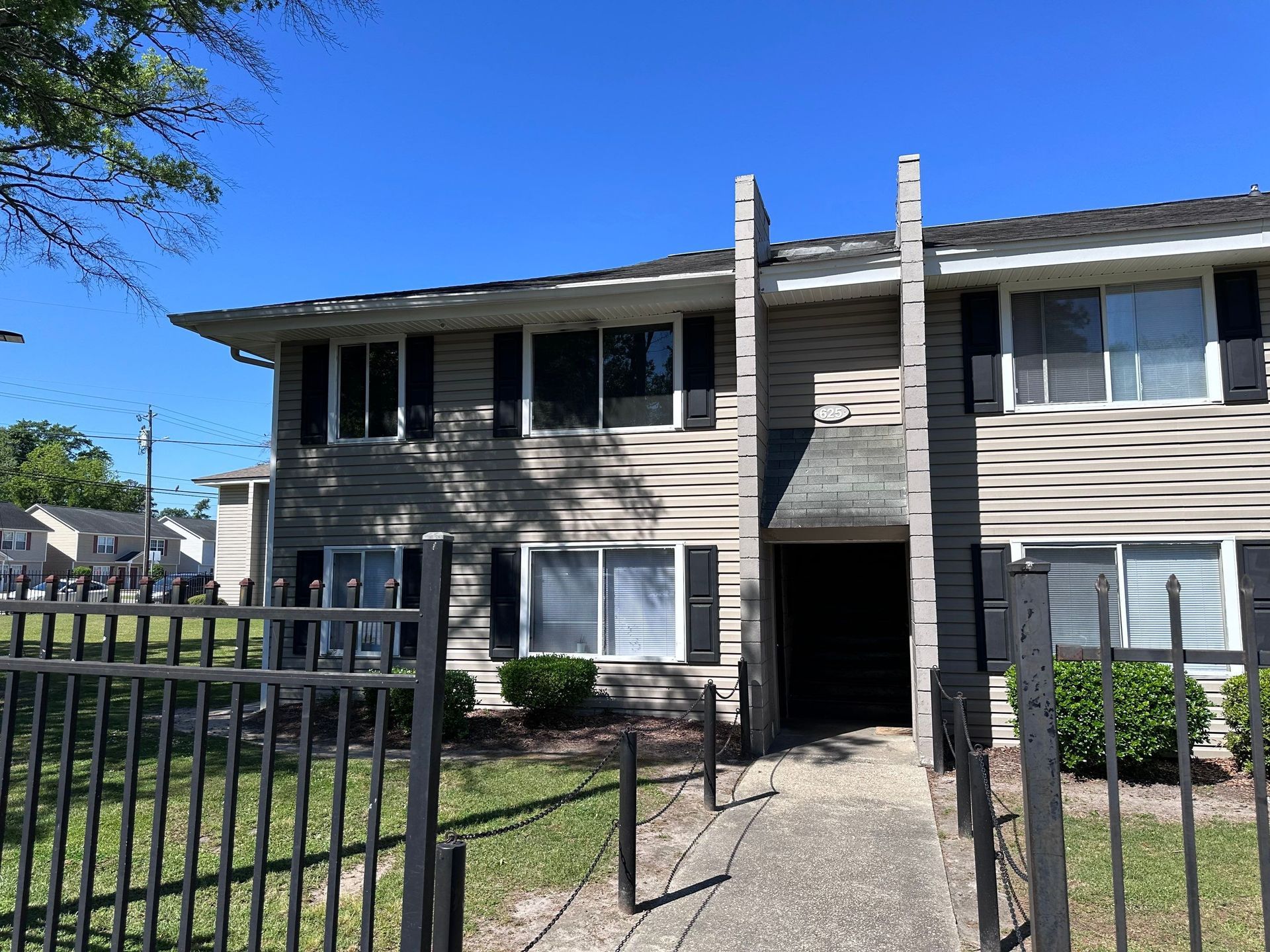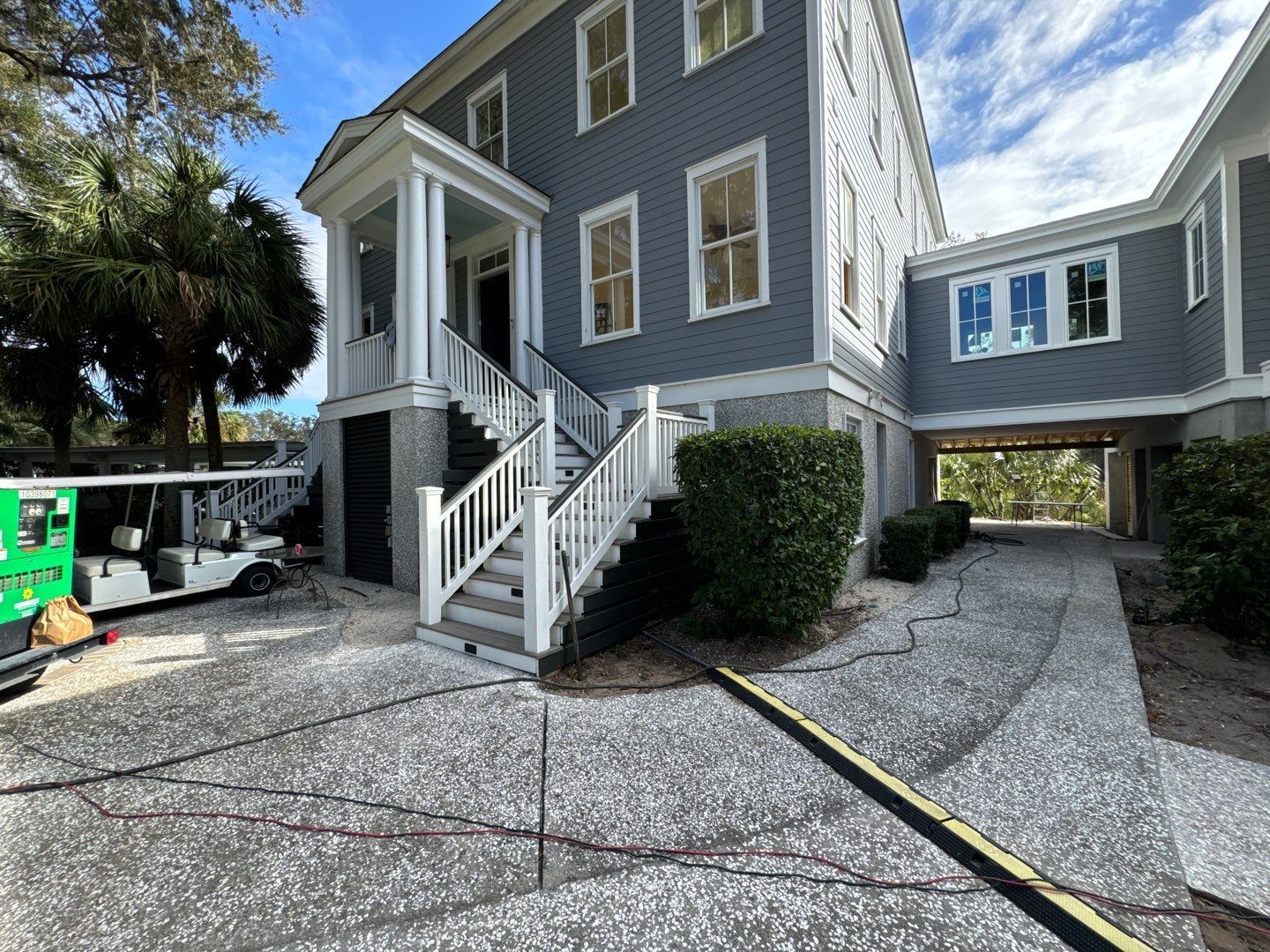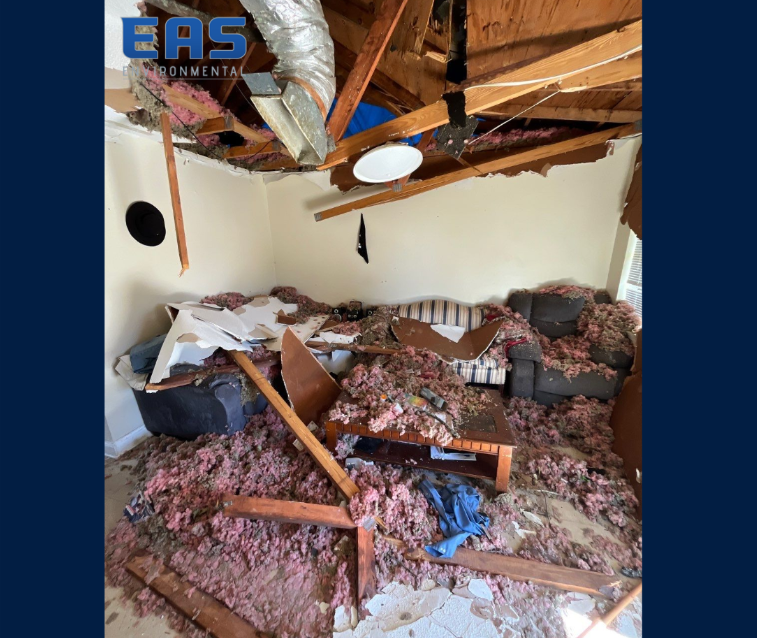
Water damage is one of the most common and potentially destructive problems you can face as a property owner. Whether it’s due to a severe storm, a burst pipe, or an overflowing fixture, the impact of water on your home or business can be immediate, as well as long-lasting. One of the most overlooked aspects of water damage is the immediacy of the response.
In this comprehensive post, we'll highlight the dire consequences of delaying water damage restoration and share essential strategies to act fast when facing a water-related crisis.
Understanding the Scope of Water Damage
The first 48 hours after a water damage event are critical. From escalating repair costs to severe health hazards, the downside of inaction can be quite destructive. Water damage can manifest in various ways, including structural damage, mold growth, electrical hazards, and even contamination of drinking water. It's not just about the visible effects; it’s what you can't see that poses a significant risk.
Why Immediate Action Is Essential
The longer water sits, the more potential it has to wreak havoc. Within minutes, water can spread throughout your property, saturating everything in its path. Absorbent materials like drywall and upholstery can quickly become unsalvageable. In a mere 24 hours, secondary damage like mold and structural issues can become a major concern.
Signs You Need Water Damage Restoration
Beyond the obvious signs of standing water, there are subtle indicators that shouldn’t be ignored. These include musty odors, discoloration on walls or ceilings, and changes in your property’s integrity, such as warped wooden floors or swelling of materials.
The Ripple Effect of Delayed Response
When it comes to water damage, time is truly of the essence; here’s a run-down of the consequences when action is delayed.
Skyrocketing Cleanup Costs
As time elapses, cleanup costs can increase exponentially. Quick action can keep repair bills to a minimum, whereas without immediate response, you could be looking at not just water damage but also mold remediation, and perhaps even full-scale reconstruction.
Long-Term Health Hazards
Stagnant water is a breeding ground for bacteria, viruses, and mold. By delaying cleanup, you expose yourself and your family to a variety of health risks including respiratory issues, infections, and mold-related illnesses.
Insurance Implications
Most insurance policies require prompt reporting and action when it comes to water damage claims. Failing to act swiftly could result in diminished coverage or even a claim's denial.
Crafting Your Water Damage Restoration Action Plan
Preparation is key when it comes to dealing with water damage. Having a clear action plan in place can ensure you respond effectively and efficiently.
Key Steps in Your Action Plan
Your plan should include the following steps:
● Stop the Source: In the case of a burst pipe or appliance malfunction, the first step is to stop the flow of water.
● Assess Safety: It's vital to ensure that there are no electrical or structural hazards before proceeding with cleanup.
● Document the Damage: Take photos or videos of the affected areas. This documentation is crucial for insurance claims.
● Begin Mitigation: This can include water extraction, drying out affected areas, and beginning the cleanup process.
Leveraging Professional Restoration Services
While DIY water damage restoration might seem cost-effective, the benefits of professional services far outweigh the initial outlay.
Expertise and Equipment
Water damage restoration professionals have the necessary training and state-of-the-art equipment to assess the situation accurately and undertake comprehensive restoration efforts.
Faster Restoration
Professional restoration companies operate 24/7, allowing them to begin the restoration process immediately, which can significantly reduce the duration of the cleanup.
Minimized Health Risks
Professionals are adept at identifying and mitigating health risks associated with water damage, ensuring your home or business is safe.
The Value of Swift Action in Mitigating Mold Growth
Mold can start growing in as little as 24-48 hours after a water event. Rapid response can prevent mold from taking hold and requiring more extensive remediation.
Identifying and Treating Mold
Early identification and treatment of mold can save you from health issues and repair costs down the line.
Preventive Measures
Beyond immediate cleanup, professionals can apply preventive measures to stop mold before it starts, keeping your property safe and healthy.
Crafting an Effective After-Water-Damage Care Regimen
Once the professionals have completed their work, you need to ensure the longevity of their efforts. These aftercare steps are crucial to maintaining a dry, safe environment.
Regular Inspections
Conduct regular inspections of the previously affected areas for any signs of water damage or mold growth.
Consistent Maintenance
Be diligent in your property’s maintenance to prevent future water-related incidents. Routine checks of plumbing, roofs, and appliances can catch potential problems early.
Education and Awareness
Understanding the potential risks and knowing what to look for can ensure that you respond promptly to any future water damage events.
Water Damage Restoration in Commercial Properties
The impact of water damage on businesses can be particularly severe. In addition to the property itself, there are financial and operational considerations.
Keeping Operations Afloat
Swift restoration is essential for keeping your business operational. Delays can result in loss of revenue, customer dissatisfaction, and a damaged reputation.
Compliance and Legal Implications
Water damage in a commercial setting can raise compliance and legal issues related to workplace safety and environmental health regulations.
Developing a Community Approach to Water Damage Preparedness
Communities facing recurring water-related issues can benefit from a collaborative approach to preparedness. Local mitigation and response plans can streamline efforts and reduce overall impact.
Working with Local Authorities
Understanding and adhering to local water regulations and preparedness programs can be invaluable in a crisis.
Community Training and Resources
From CPR classes to water damage first response training, communities can provide resources to empower residents and business owners to act effectively during a crisis.
Conclusion
The adage "time is money" could not be truer when it comes to water damage. Swift action can save you on both fronts. From immediate risks to future health and environmental implications, the importance of acting without delay in water damage restoration cannot be overstated.
If you find yourself facing a water-related emergency, remember that professional help is just a call away. The sooner you enlist their services, the quicker you can return your property—and life—to normal. It's a small investment in time and money that pays substantial dividends in the long run.
Contact EAS Environmental Today!
EAS Environmental will do everything we can to ensure your experience with us is excellent.
Request A FREE Estimate
Request a Free Estimate Form
Checkout Recent Post




Got a Question? We’re Here to Help.
You can arrange an appointment or make an enquiry by phone or email, orget in touch to us via our contact form.

